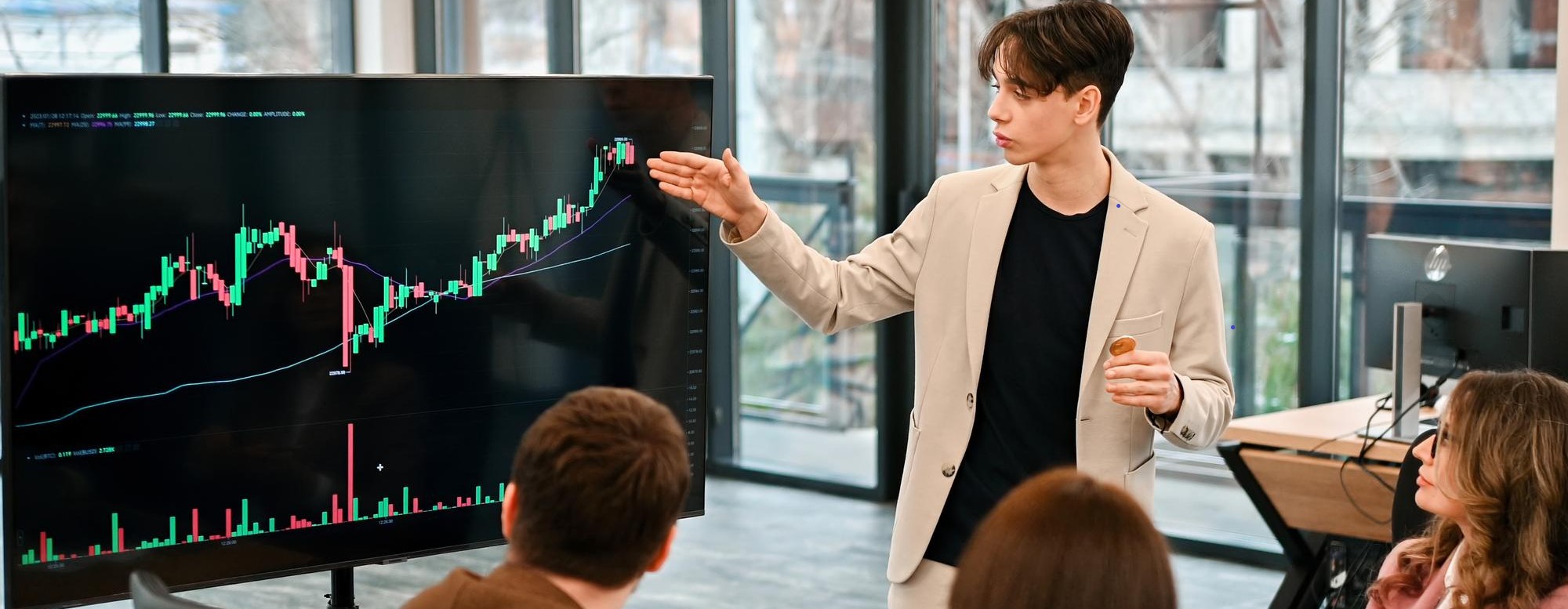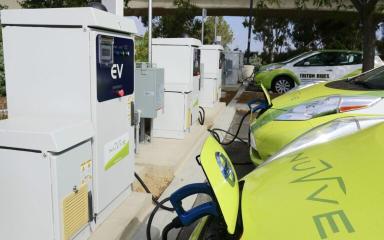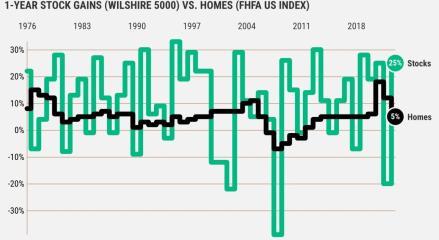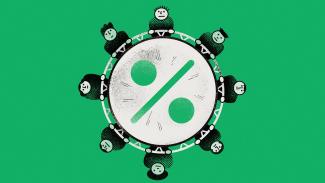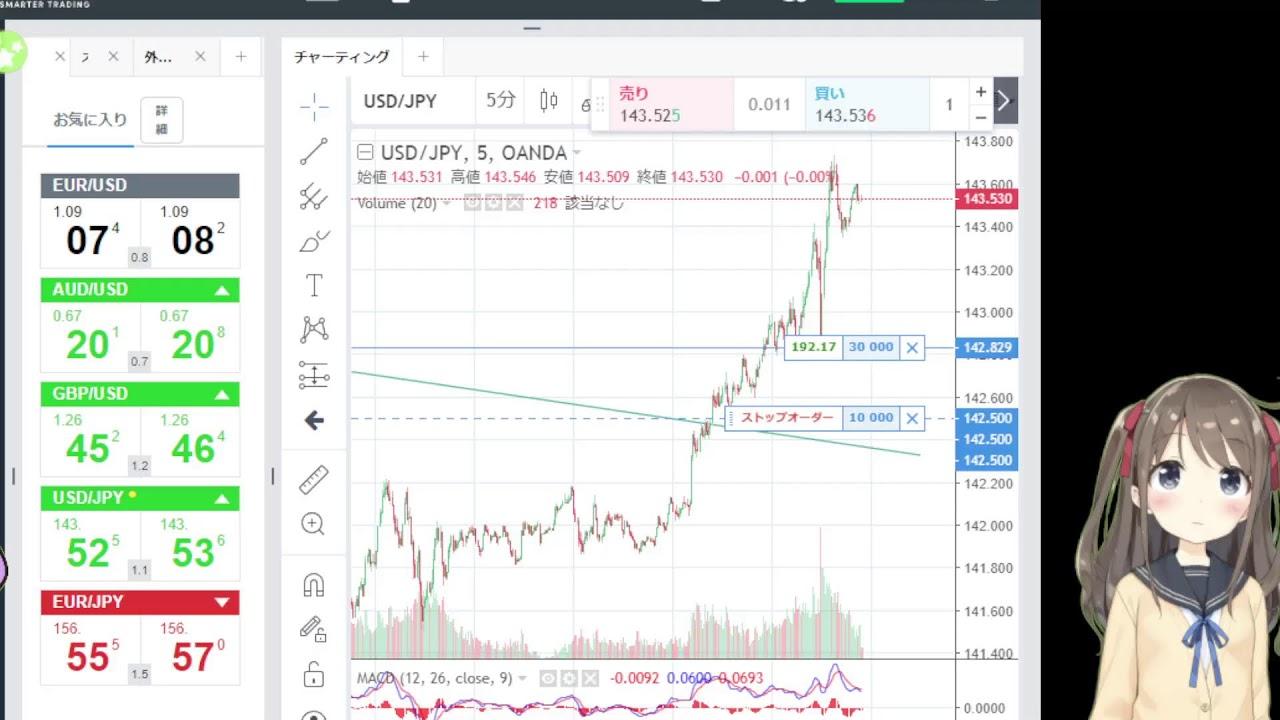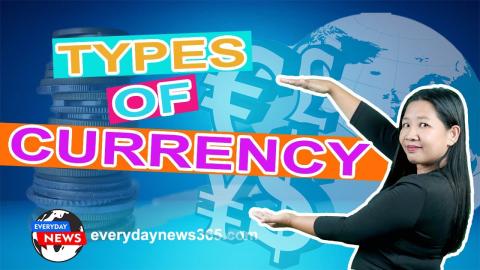In the interbank market, participants trade one-on-one. Participants who want to buy US dollars / yen will find participants who will sell US dollars / yen, and if the prices are acceptable to each other, the transaction will be completed. In other words, there is a one-to-one exchange between those who want to exchange yen for US dollars and those who want to exchange US dollars for yen.
These forms of trading are called "over-the-counter (OTC )" or "OTC (over the counter)" and are unified prices at a certain point in time, such as stocks and futures traded through exchanges. Does not exist.
Therefore, even if Bank C and Bank D trade the same currency pair in the same quantity at exactly the same time that Bank A and Bank B trade, the prices established in each transaction are not the same and are different. There are more things.
However, there is no big difference in the prices between the transactions conducted by Banks A and B and the transactions conducted by Banks C and D. This is because the buyer wants to buy as cheaply as possible and the seller wants to sell as high as possible, so the price that is established in the transaction is inevitably balanced with the average price that is being traded in the interbank market at that time.
When people around you are trading US dollars / yen for about 100 yen per US dollar, even if you ask them to exchange it for 1 US dollar for 90 yen, it will be "unreasonable at such a cheap price!". Of course, you won't find a place to respond to other conversations.
1-4c. What is Bilateral transaction?
Technical buy / Sell Rating
Sentiments
Educational Videos
Live Forex Trading
What is Forex?
Types of Currency
Base and Quote Currency




